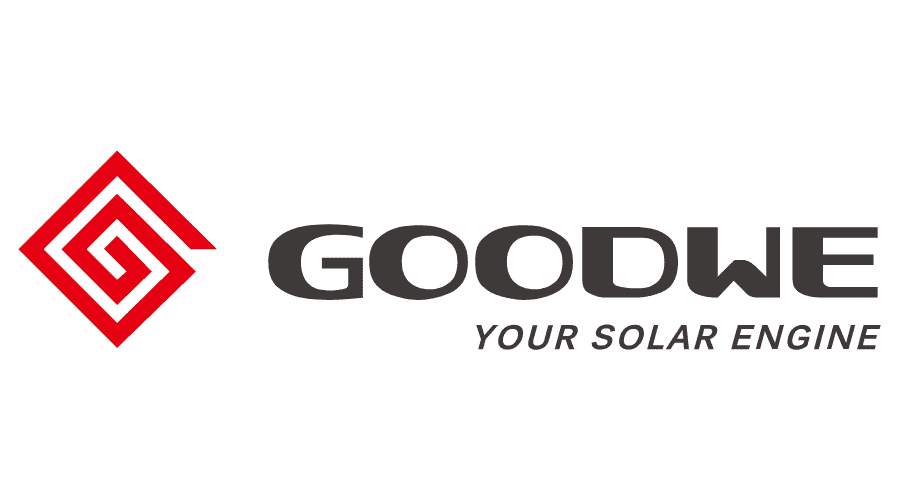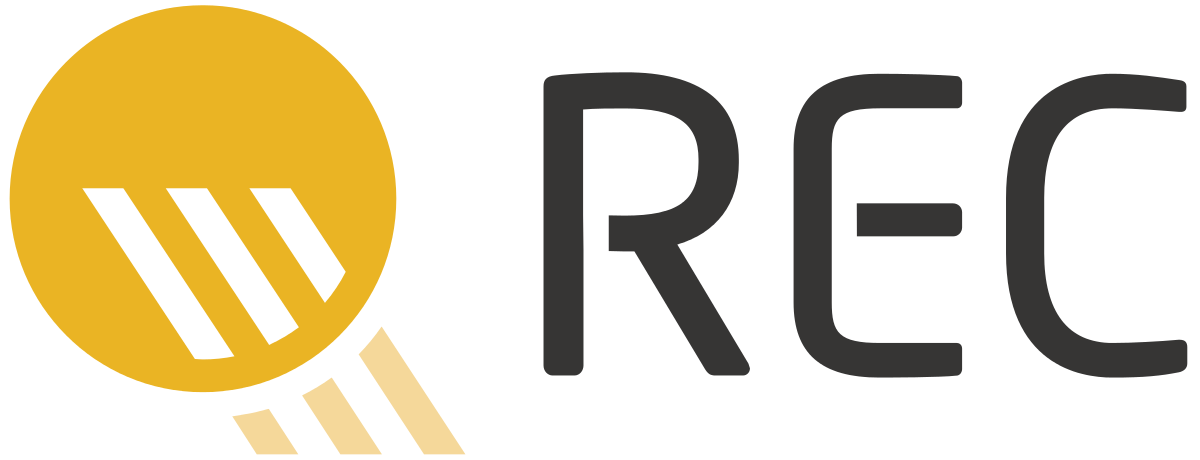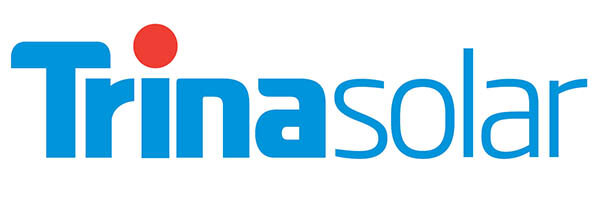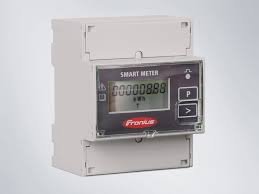Products
INVERTERS
A solar inverter converts the variable direct current (DC) output of a photovoltaic (PV) solar panel into alternating current (AC) that can be fed into the grid or battery storage. Solar power inverters have special functions adapted for use with photovoltaic arrays, including maximum power point tracking and anti-islanding protection.
Fronius
Data Specification Sheet
Fronius Primo (Single Phase) 3.0.1, 3.5.1, 3.6.1, 4.0.1, 5.0.1, 6.0.1, 8.2.1
Fronius Symo (Three Phase) 3.0-3-S, 3.7-3-S, 4.5-3-S, 3.0-3-M, 3.7-3-M, 4.5-3-M
SUNGROW
Data Specification Sheet
SOLAX
Data Specification Sheet
SMA
Data Specification Sheet
GROWATT
Data Specification Sheet
GOODWE
Data Specification Sheet
PANELS
Solar panel refers to a panel designed to absorb the sun's rays as a source of energy for generating electricity or heating. Solar Photovoltaic panels constitute the solar array of a photovoltaic system that generates and supplies solar electricity in commercial and residential applications. Each module is rated by its DC output power under standard test conditions, and typically ranges from 100 to 365 watts. A photovoltaic system typically includes a panel or an array of solar modules, a solar inverter, and sometimes a battery and/or solar tracker and interconnection wiring.
Jinko Panels
Data Specification Sheet
REC Panels
Data Specification Sheet
SERAPHIM PANELS
Data Specification Sheet
Canadian
Data Specification Sheet
JA SOLAR
Data Specification Sheet
TRINA
Data Specification Sheet
BATTERY
Battery storage provides you with the flexibility to store your household's excess solar energy for use during the evening, on a rainy day or even during a blackout. If you're seeking independence from 'the grid' and greater control over your own energy use, you will need to install a battery storage system.
SUNGROW
Data Specification Sheet
POWERWAVE
Data Specification Sheet
OTHER PRODUCTS
CONSUMPTION MONITORING METER
Consumption monitoring systems are designed to show not only live solar generation figures, but also how much power is being consumed in the house. At the same time it measures how much excess power is feeding out to the grid and how much is drawn in from the grid.
The insights gained from the monitoring can help you understand how much power your household appliances consume. With this knowledge, you can try and use certain appliances during the day, like the hot water and dishwasher, so that they use solar instead of grid power.
Through consumption monitoring, you can also identify appliances that consume power even when you are not using them, and take the necessary steps to cut down power usage.
Data Specification Sheet















